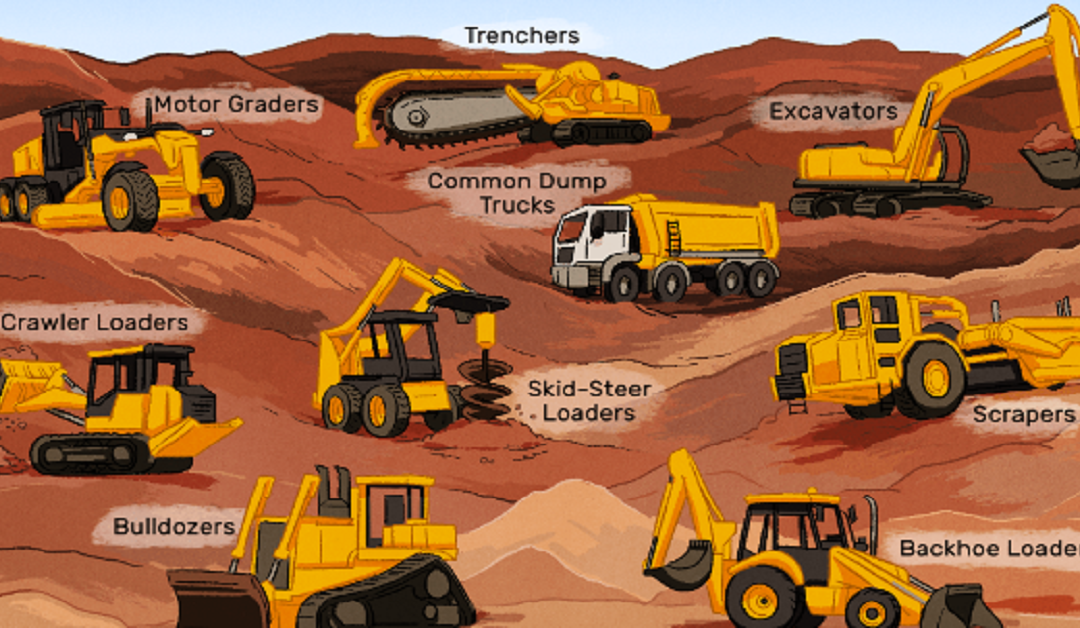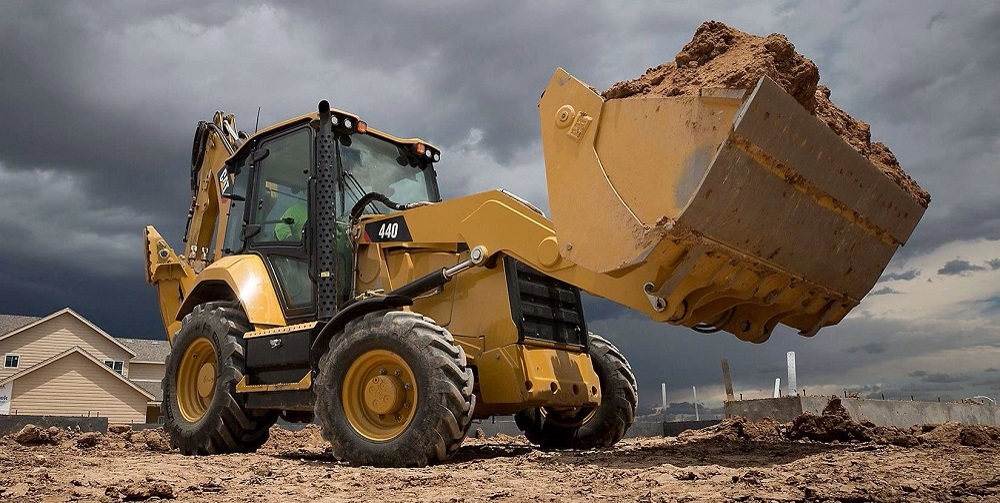Leading Equipment Rental Company for All Your Requirements
Leading Equipment Rental Company for All Your Requirements
Blog Article
Renting Out Vs. Buying Building Tools: Making the Right Selection for Your Project
When embarking on a building and construction project, one of the critical decisions that predict stakeholders and supervisors face is whether to rent out or get building tools. The choice pivots on numerous aspects such as cost factors to consider, task period, equipment upkeep, threat, flexibility, and scalability monitoring.
Expense Considerations
When assessing the economic facet of acquiring versus renting building and construction tools, the upfront prices and lasting costs have to be carefully thought about. Leasing devices typically needs lower initial payments contrasted to buying, making it an appealing option for temporary projects or service providers with spending plan restraints. Renting out eliminates the need for big capital outlays and lowers the financial threat connected with tools ownership, such as upkeep and devaluation expenses. However, in the long run, constantly leasing devices can gather greater prices than acquiring, specifically for prolonged jobs.
On the other hand, getting building and construction equipment involves greater ahead of time expenses but can result in long-lasting cost savings, specifically for lasting tasks or frequent individuals. Owning tools provides adaptability, convenience, and the possibility for resale value once the task is finished. Furthermore, possessing devices permits for personalization and knowledge with details equipment, possibly increasing efficiency and efficiency on-site. Inevitably, the choice in between renting out and acquiring building tools hinges on the project's duration, regularity of use, budget factors to consider, and long-lasting monetary objectives.
Job Duration

Alternatively, for long-lasting tasks or continuous building job, purchasing tools could be the much more economical alternative. Getting devices can bring about set you back savings in the future, specifically if the equipment will certainly be often made use of. In addition, having equipment offers a sense of control over its schedule and enables for customization to fit certain project requirements.

Equipment Upkeep
Offered the vital function project duration plays in figuring out one of the most affordable approach between acquiring and leasing building equipment, the focus currently moves in the direction of examining the essential aspect of equipment upkeep. Appropriate maintenance is vital for guaranteeing the optimal performance and longevity of building tools. Leasing tools commonly includes the benefit of having actually well-kept machinery offered by the rental business. This can alleviate the concern of upkeep tasks from the task owner or service provider, conserving time and initiative. On the other hand, owning devices requires an aggressive technique to maintenance to stop failures, make sure security, and prolong the devices's life-span. Regular examinations, maintenance, and timely repair services are necessary to keep owned and operated devices in leading working problem. Consider maintenance costs when making a decision in between acquiring and leasing, as ignoring upkeep can cause expensive fixings, downtime, and project hold-ups. Eventually, a properly maintained building equipment fleet, whether rented or possessed, is crucial for the effective and efficient conclusion of construction jobs.
Adaptability and Scalability
In the world of building and construction devices monitoring, the element of versatility and scalability holds considerable importance for job performance and resource usage. Deciding to rent out building devices supplies a high degree of adaptability as it enables the quick change of devices types and quantities based on the evolving demands of a job. Renting out allows service providers to access a variety of specialized tools that might be required for details tasks without the long-lasting commitment of ownership. This adaptability is especially useful for tasks with differing needs or unpredictable durations (boom lift rental).
Additionally, scalability, an additional essential variable, is inherently linked to adaptability. Leasing building and construction equipment provides the advantage of easily scaling operations up or down as project needs vary. Professionals can rapidly add or trade devices to match the job's changing demands without the restrictions of possessing possessions that may become underutilized or obsolete. This ability to range resources successfully can lead to expense savings and enhanced job timelines, making renting out a positive alternative for jobs needing flexibility and responsive source appropriation.
Risk Monitoring
Efficient danger monitoring in building devices operations is critical to making certain task success and mitigating prospective monetary losses. Building projects naturally entail different threats, such as devices failures, mishaps, and job delays, which can considerably influence the project timeline and budget. By Get the facts very carefully considering the risks connected with owning or renting out building and construction equipment, job managers can make educated choices to reduce these potential risks.
Renting construction equipment can supply a level of threat mitigation by transferring the duty of repair and maintenance to the rental business. This can lower the monetary concern on the job owner in situation of unanticipated equipment failings (forklift rental). In addition, leasing provides the flexibility to accessibility customized equipment for specific job phases, decreasing the risk of having underutilized machinery
On the other hand, having building check equipment supplies a feeling of control over its usage and maintenance. Nevertheless, this likewise means birthing the complete responsibility for repair work, upkeep expenses, and devaluation, increasing the monetary dangers related to devices ownership. Cautious threat assessment and factor to consider of factors such as job period, tools use, and maintenance requirements are important in establishing one of the most suitable alternative for effective threat monitoring in construction projects.
Verdict
To conclude, when determining between buying and leasing construction devices, it is essential to consider cost, task period, tools maintenance, threat, scalability, and versatility monitoring. Each factor plays a critical role in identifying one of the most appropriate alternative for the job at hand. By meticulously evaluating these facets, project supervisors can make an educated decision that lines up with their spending plan, timeline, and total project objectives.

Report this page